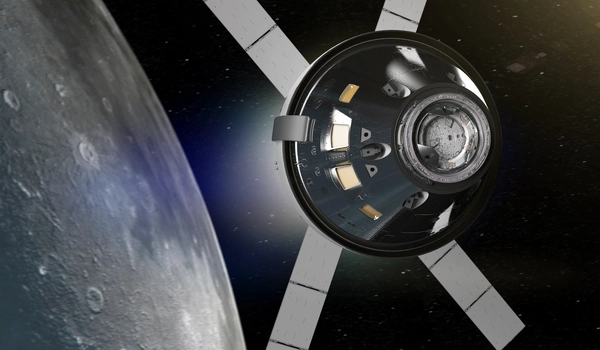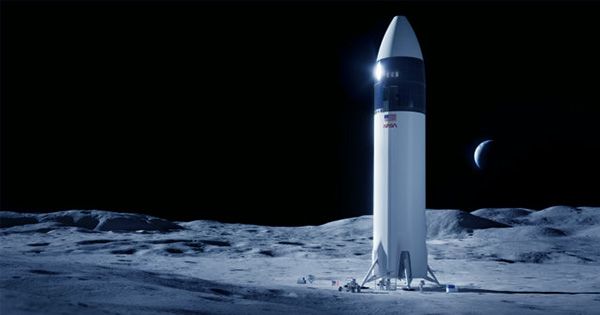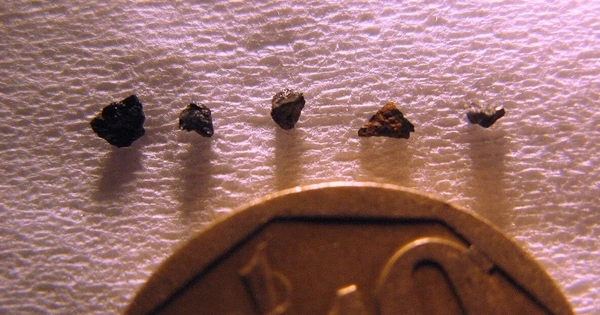NASA’s Orion spacecraft is designed to take humans further than ever before. Orion will serve as the exploration vehicle, transporting the crew to space, providing emergency abort capability, sustaining the crew during space travel, and allowing safe re-entry from deep space return velocities. NASA’s new heavy-lift rocket, the Space Launch System, will carry Orion into space.
As it neared the halfway point of its test flight, NASA’s Orion capsule entered an orbit stretching tens of thousands of miles around the moon on Friday.
More than a week after launch, the capsule and its three test dummies entered lunar orbit as part of a $4 billion demonstration designed to pave the way for astronauts. It will remain in this broad but stable orbit for nearly a week, completing just half a lap before heading home.
It’s a statistic, but it’s symbolic for what it represents. It’s about pushing ourselves to go further, stay longer, and push past the boundaries of what we’ve previously explored.
Jim Geffre
The capsule was 238,000 miles (380,000 kilometers) from Earth when the engines were fired on Friday. It’s expected to travel nearly 270,000 miles (432,000 kilometers) in a few days. That will be a new distance record for a capsule designed to one day carry people.
“It’s a statistic, but it’s symbolic for what it represents,” Orion manager Jim Geffre said earlier this week in a NASA interview. “It’s about pushing ourselves to go further, stay longer, and push past the boundaries of what we’ve previously explored.”
On November 21, the Orion spacecraft swooped just 130 kilometers above the lunar surface, the closest a capsule designed to carry people has been to the Moon in half a century. The capsule, which launched last week as part of the Artemis I mission, flew directly over Tranquility Base, the landing site of Apollo 11, where Neil Armstrong and Buzz Aldrin became the first humans to walk on the Moon in July 1969.

Orion, a NASA-European Space Agency collaboration, is on the Artemis I uncrewed test flight to see how its capsule holds up in deep space. So far, the spacecraft, which could transport astronauts to the Moon in as little as two years, has performed about as well as mission controllers could have hoped, according to Hu, who added, “We have seen really good performance across the board.”
Engineers are working to resolve a few minor issues, such as intermittent problems with Orion’s star-tracking navigation system, which are most likely caused by space radiation damage, and some intermittent issues with the electrical system that transfers power from Orion’s four solar arrays to the capsule.
NASA considers this a dress rehearsal for the next moon flyby with astronauts, scheduled for 2024. Astronauts could land on the moon as soon as 2025. Apollo 17 was the last time astronauts visited the moon 50 years ago.
Earlier this week, Houston Mission Control lost contact with the capsule for nearly an hour. Controllers were adjusting the communication link between Orion and the Deep Space Network at the time. According to officials, the spacecraft is still in good condition.
















